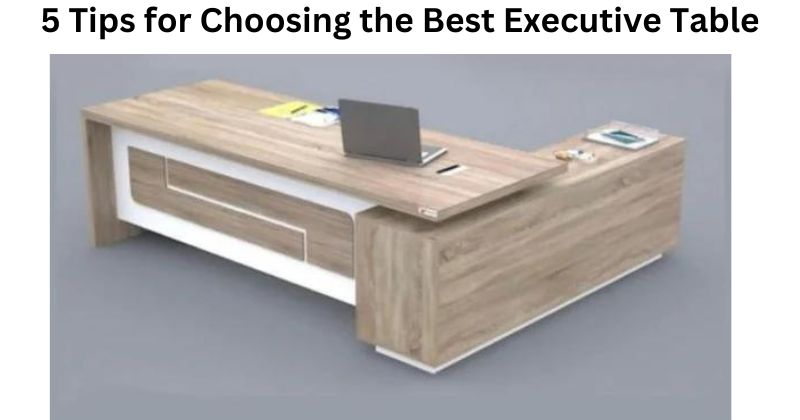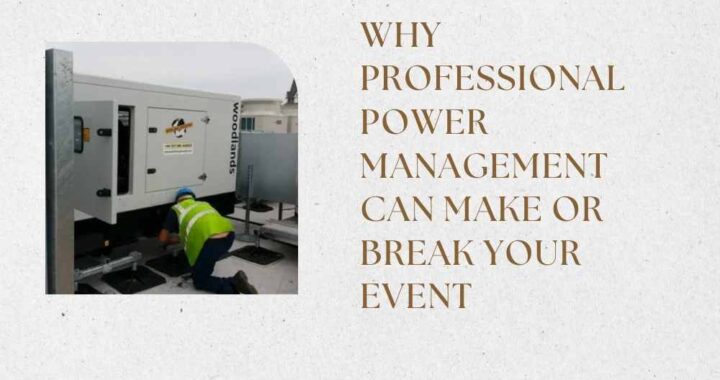5 Tips for Choosing the Best Executive Table

Choosing the perfect office executive table involves considering several factors to ensure functionality, style, and suitability for the workspace. Here are five essential tips to guide you through the selection process:
1. Consider Functionality and Size
The first step in choosing an executive table is assessing the functional needs of the space. Consider how the table will be used: Is it primarily for individual work, meetings, or both? Determine the optimal size based on the available space and the intended use.
-
Size: Measure the dimensions of the room where the table will be placed. Ensure there is ample space around the table for chairs and movement.
-
Shape: Decide on a shape that fits the room layout and workflow. Rectangular tables are versatile and accommodate multiple users, while oval or round tables can facilitate better communication during meetings.
2. Material and Durability
The material of the executive table affects both its aesthetics and durability. Executive tables are often made from wood, metal, or a combination of materials.
-
Wood: Provides a classic, sophisticated look. Choose hardwoods like oak or mahogany for durability and a timeless appearance.
-
Metal: Offers a modern, sleek aesthetic and is often preferred for its durability and easy maintenance.
-
Glass: Adds a contemporary touch but requires more maintenance to keep clean.
Consider the durability of the material in relation to the table’s expected use. For example, a table used for frequent meetings may benefit from a more robust material that can withstand daily wear and tear.
3. Ergonomics and Comfort
Executive tables should promote comfort and productivity.
-
Height: Ensure the table height allows for comfortable sitting and typing. Standard desk heights range from 28 to 30 inches, but adjustable options are also available for added flexibility.
-
Storage: Consider the need for integrated storage solutions such as drawers or shelves to keep the workspace organized and clutter-free.
-
Cable Management: Look for tables with built-in cable management systems to keep wires and cables neat and out of sight.
Ergonomic considerations are crucial, especially if the table will be used for extended periods. An ergonomic design promotes good posture and reduces strain on the body.
4. Style and Aesthetics
The style of the executive table should complement the overall decor of the office space while reflecting the executive’s personal or professional style.
-
Traditional: Features ornate details and rich finishes, ideal for classic or formal office environments.
-
Modern: Clean lines and minimalist designs suit contemporary office spaces. Opt for materials like glass and metal for a sleek appearance.
-
Transitional: Blends elements of both traditional and modern styles, offering versatility in various office settings.
Consider the color scheme and design elements of the office to ensure the executive table harmonizes with the existing decor. A cohesive style enhances the overall aesthetic appeal of the workspace.
5. Budget and Quality
Set a realistic budget based on the quality and features you require in an executive table.
-
Quality: Invest in a table made from high-quality materials and craftsmanship to ensure longevity and durability.
-
Value: Compare prices from different suppliers to find the best value for your budget. Consider factors like warranties, customer service, and return policies.
Avoid compromising on quality for the sake of cost, as a well-made executive table will withstand daily use and maintain its aesthetic appeal over time.
Conclusion
Choosing the perfect executive table involves a balance of functionality, style, durability, and budget considerations. By evaluating these factors systematically, you can select a table that enhances productivity, reflects professionalism, and complements the overall office environment. Whether it’s a traditional hardwood desk or a contemporary glass-top table, the right choice will contribute to a conducive and inspiring workspace for executives and their teams.
Read More For Free ( Click Here )

 Virginia Business Blueprint: How to Kickstart Your Entrepreneurial Journey
Virginia Business Blueprint: How to Kickstart Your Entrepreneurial Journey  The Role of Udyam Registration in Atmanirbhar Bharat Abhiyan
The Role of Udyam Registration in Atmanirbhar Bharat Abhiyan  Mango Costs in Pakistan 2024: A Total Diagram
Mango Costs in Pakistan 2024: A Total Diagram  Why Professional Power Management Can Make or Break Your Event
Why Professional Power Management Can Make or Break Your Event  Experience The Thrill Of Zipline Dubai With Captain Dunes
Experience The Thrill Of Zipline Dubai With Captain Dunes  Exploring London’s Best Butcher Shops
Exploring London’s Best Butcher Shops  Enhance Your Shop Appeal with Sydney’s Best Carpentry Services
Enhance Your Shop Appeal with Sydney’s Best Carpentry Services  A Detailed Look at the Features of the LEGO Technic Mars Crew Exploration Rover
A Detailed Look at the Features of the LEGO Technic Mars Crew Exploration Rover